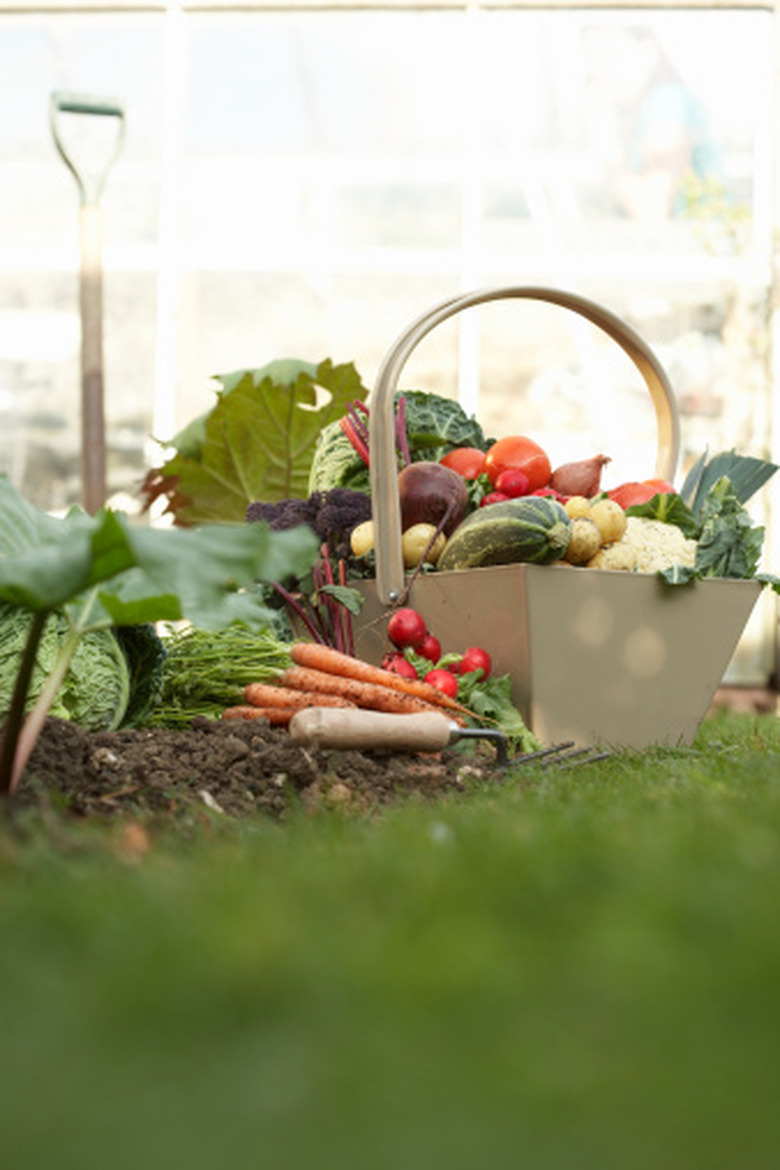How To Turn Your Sand Into Topsoil
Sandy soil is unsuitable for the growth of most plants. Its nutrient levels are quite low, and it won't hold water long enough for plants to access it. If you want to grow anything other than desert plants in your lawn or garden, you must first turn your sand into moist, nutritious topsoil. This is easy to do by adding a few inches of absorbent and nutritious amendments such as sphagnum peat and aged compost. Simply turn them into the top 8 inches of the soil to turn your garden from a desert wasteland to a rich garden habitat.
Step 1
Spread two cubic yards of aged compost followed by 1 cubic yard of sphagnum peat moss per 1,000 square feet over the top of the planting area.
Step 2
Mix the amendments evenly into the top 8 inches of the soil with a shovel or tiller.
- Sandy soil is unsuitable for the growth of most plants.
- Mix the amendments evenly into the top 8 inches of the soil with a shovel or tiller.
Step 3
Water the amended area with a light spray from the hose to moisten the top 8 inches of the soil before planting.
Step 4
Repeat at the beginning of every growing season. Keeping sandy soil nutritious requires consistent effort on a gardeners part. Compost breaks down and is used up after roughly 6 months.
Add Topsoil
Wait one day after rainfall before prepping your garden for the topsoil. The rain helps soften the existing soil so it's easier to dig up. Avoid prepping the soil directly after rainfall because things can get muddy if you try to do anything with it then. Alternatively, run the sprinkler system or manually water the soil if no rain is passing through your area. If it falls between your fingers, it's just right. Distribute enough soil so the topsoil layer will equal a minimum depth of 6 to 8 inches. Run a garden rake over the soil in your garden to smooth and even it out.
- Water the amended area with a light spray from the hose to moisten the top 8 inches of the soil before planting.
- Avoid prepping the soil directly after rainfall because things can get muddy if you try to do anything with it then.
Things Needed
- Aged compost
- Peat moss
- Shovel
- Tiller
- Hose
Tip
A 2-inch layer of organic mulch over a planted bed will slowly add nutrients to the soil over time.
